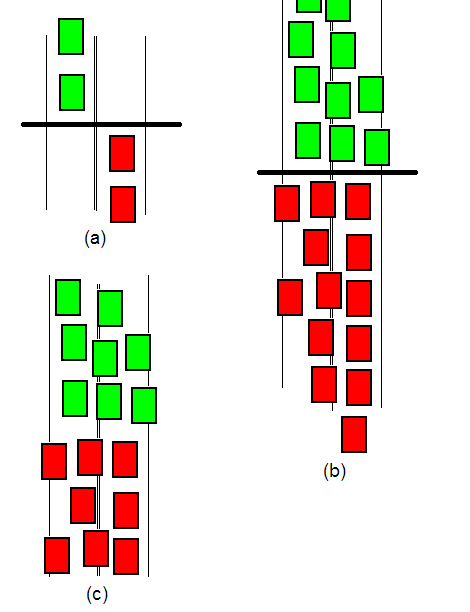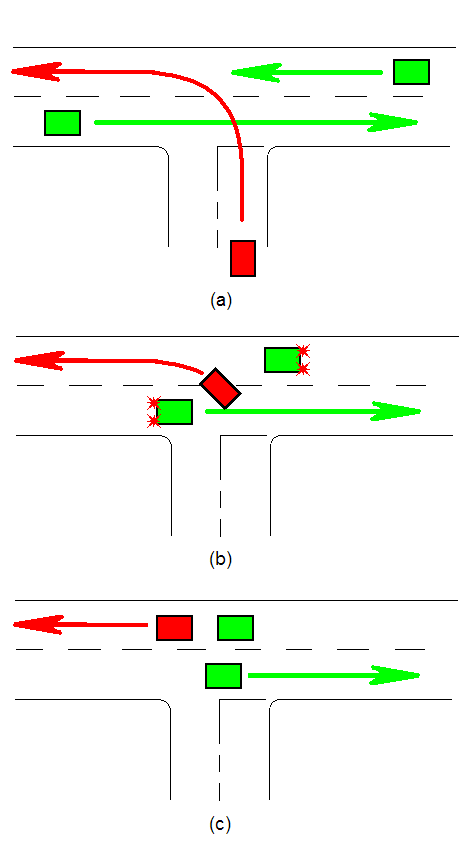Macro photos of a mayfly's exoskeleton; shopping therapy
Malaysia is not a natural habitat of mayflies, so for most of us, the most likely exposure to mayflies comes from Thumbelina.
My office is located near a sizable artificial lake, and is subjected to occasional mayfly intrusions. I recently found the remnants of a mayfly that had died clinging to a wall. All of the soft tissue, including most of the head and eyes, the wings and the innards had disappeared, and only a translucent skeleton was left. This called for some macro photography:
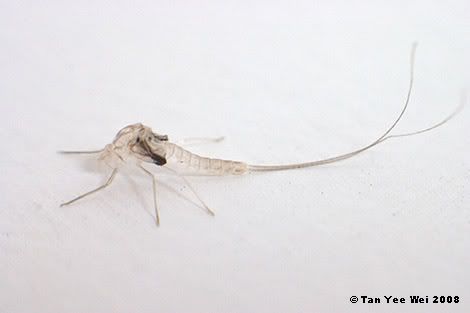
Click here for large size image
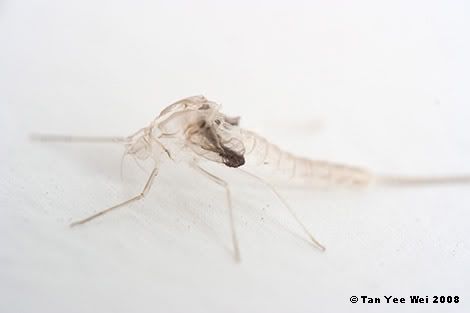
Ghost Hunter
Click here for large size image
Mayflies are best known for their “short” lifespan – adult mayflies have lifespans between several hours to a few days, depending on species. In fact, most of the mayflies’ lives are spent in the immature nymph stage, typically for one year.
The adult stage of a mayfly (when the creature matures into the distinctive mayfly appearance with large, upright forewings and 2/3 very long tails) is primarily for reproductive purposes. Interestingly, the mouthparts of mayflies are vestigial (meaning they have lost their original functionality, like the appendix in humans) and the digestive tract is filled with air. The adult mayfly is incapable of eating.
There was also a living and intact mayfly in a darker area, thus resulting in the less than idea image quality below.
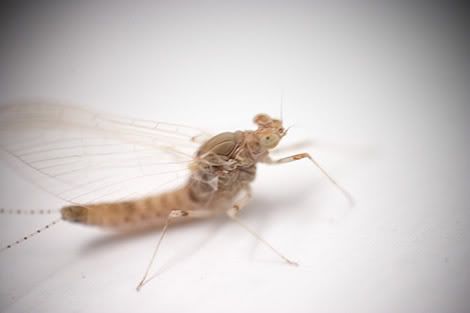
***
Earlier today, I stumbled upon a trading area within a shopping complex for used goods, including mobile phones, computers and electronic goods. It was a wide open floor with rows and rows of stalls. Most of the trading was in mobile phones and notebook computers, but there was also a decent market for computer peripherals, audio equipment, photography equipment, video cameras and projectors, portable music players and a host of other bits and pieces.
Interesting sights include:
3 Hasselblad medium-format cameras
2 Asahi-Pentax 55mm f/1.8 lenses (but with less than perfect optics, a pity)
Sony MiniDisc players
Audio amplifiers and equalisers
Headphones
On impulse, I got myself a nice pair of Sony headphones. They were going for only 35 RMB (17.50 MYR); a brand new pair’s recommended retail price is 78.00 MYR.

Sony MDR-V150
Click here for large size image
And the audio detail is fantastic. Best 35 RMB I’ve ever spent; now looking out for a 35 RMB 105mm M42 lens.
My office is located near a sizable artificial lake, and is subjected to occasional mayfly intrusions. I recently found the remnants of a mayfly that had died clinging to a wall. All of the soft tissue, including most of the head and eyes, the wings and the innards had disappeared, and only a translucent skeleton was left. This called for some macro photography:

Click here for large size image

Ghost Hunter
Click here for large size image
Mayflies are best known for their “short” lifespan – adult mayflies have lifespans between several hours to a few days, depending on species. In fact, most of the mayflies’ lives are spent in the immature nymph stage, typically for one year.
The adult stage of a mayfly (when the creature matures into the distinctive mayfly appearance with large, upright forewings and 2/3 very long tails) is primarily for reproductive purposes. Interestingly, the mouthparts of mayflies are vestigial (meaning they have lost their original functionality, like the appendix in humans) and the digestive tract is filled with air. The adult mayfly is incapable of eating.
There was also a living and intact mayfly in a darker area, thus resulting in the less than idea image quality below.

Earlier today, I stumbled upon a trading area within a shopping complex for used goods, including mobile phones, computers and electronic goods. It was a wide open floor with rows and rows of stalls. Most of the trading was in mobile phones and notebook computers, but there was also a decent market for computer peripherals, audio equipment, photography equipment, video cameras and projectors, portable music players and a host of other bits and pieces.
Interesting sights include:
3 Hasselblad medium-format cameras
2 Asahi-Pentax 55mm f/1.8 lenses (but with less than perfect optics, a pity)
Sony MiniDisc players
Audio amplifiers and equalisers
Headphones
On impulse, I got myself a nice pair of Sony headphones. They were going for only 35 RMB (17.50 MYR); a brand new pair’s recommended retail price is 78.00 MYR.

Sony MDR-V150
Click here for large size image
And the audio detail is fantastic. Best 35 RMB I’ve ever spent; now looking out for a 35 RMB 105mm M42 lens.
Labels: photography
